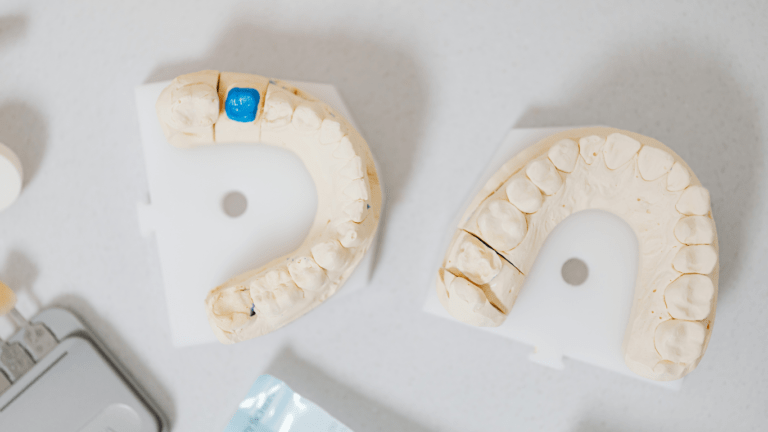Introduction
Maxillofacial prosthetics assume an essential role in reestablishing capability and feel for patients with complex facial and oral distortions. Whether because of injury, malignant growth treatment, or innate circumstances, these prosthetics are indispensable to working on patients’ personal satisfaction. In any case, the billing system for maxillofacial prosthetics can be overwhelming, particularly while exploring the D5900-D5999 code range in Current Dental Terminology (CDT). This guide separates these codes, giving lucidity and common sense tips to smooth out your billing cycle.

Figuring out maxillofacial prosthetics
Maxillofacial prosthetics include the planning and manufacture of custom gadgets to restore oral and facial deformities. These incorporate obturators, facial prostheses, and taking care of helps. Prosthodontists, with their particular skill, are commonly answerable for making these gadgets to reestablish usefulness, discourse, and appearance.
Outline of D5900-D5999 Codes
The D5900-D5999 codes are created for maxillofacial prosthetics and services. It covers a variety of systems and starts with final adjustments and repairs. Using precise coding is important for reimbursement and avoiding claim denials.
Key Codes and Their Applications
Here is a breakdown of a few ordinarily utilized codes inside the D5900-D5999 territory:
D5925: Facial Prosthesis: Utilized for the creation of prostheses to reestablish facial designs like the nose, ear, or eye.
D5931: Obturator Prosthesis, Careful: Covers the plan and formation of a careful obturator to oversee palatal imperfections.
D5951: Taking Care of Help: Material for gadgets that help patients with taking care of troubles coming about because of oral or facial disfigurements.
D5992: Acclimations to Maxillofacial Prosthesis: Incorporates changes to existing prosthetics to upgrade fit or capability.
Each code requires exact documentation to guarantee appropriate billing. Incorporate definite depictions of the materials, procedures, and clinical motivation behind the prosthesis.
Billing tips for maxillofacial prosthetics
Documentation Best Practices
Give intensive clinical notes, including patient history and symptomatic discoveries.
Incorporate visual proof whenever the situation allows, as this can uphold claims and pre-approval demands.Obviously frame the materials and creation strategies utilized.
Pre-approval Rules
Numerous maxillofacial prosthetics are significant expenses. Acquiring protection pre-approval is critical to keep away from unforeseen monetary weights for both the training and the patient.Present an itemized treatment plan, including projected expenses and supporting documentation.
Guaranteeing Coding Exactness
Twofold actually look at all codes before accommodation to keep away from confusions or oversights.Utilize advantageous codes when appropriate to depict extra methodology or changes.
Exploring Protection Difficulties
Maxillofacial prosthetics frequently fall into a hazy situation among dental and clinical protection inclusion. Cooperation among dental and clinical billing groups is fundamental to amplify repayment open doors. Here are moves toward handling protection challenges:
Distinguish Essential Inclusion: Decide if the prosthetic is bound to be covered under clinical or dental protection.
Offer Dissents: If the claim is disapproved, identify the reason for disapproval and try to submit an extra proof.
Teach Patients: Illuminate patients about expected personal expenses and guide them through funding choices if fundamental.
True Application
Consider a contextual investigation of a patient requiring a careful obturator after maxillectomy. By utilizing D5931 with supporting documentation, the prosthodontist effectively acquired pre-approval and guaranteed repayment. The patient’s clinical protection covered the majority of the expense because of the prosthetic’s basic job in utilitarian recovery.







